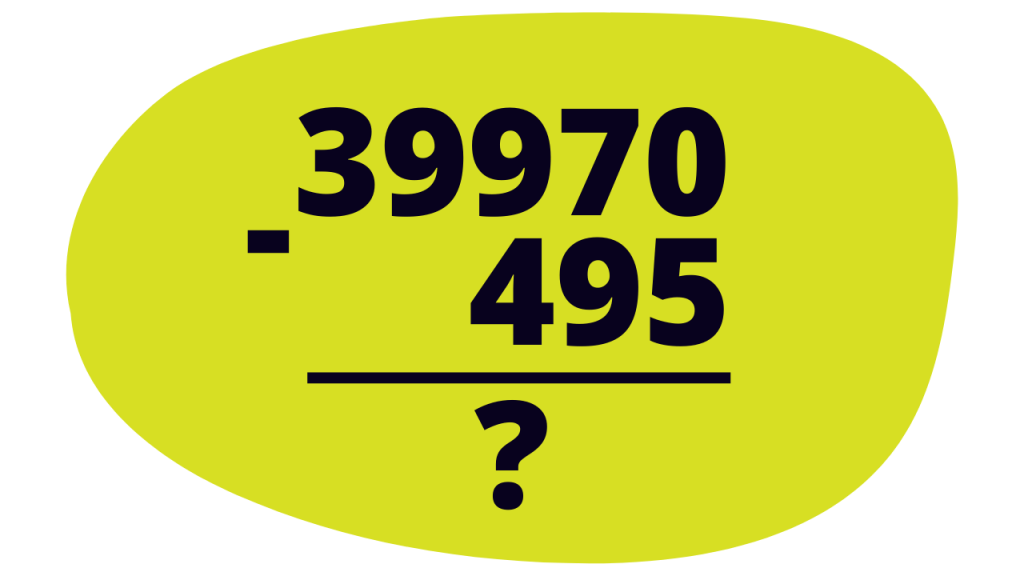Lesson 2: Numbers up to 100,000 and their properties
The number 100,000 (one hundred thousand) is a significant milestone in the realm of natural numbers, sitting right after 99,999 and just before 100,001. In this engaging math lesson, you will embark on an exploration of numbers that extend up to 100,000, delving into the various operations you can perform with them. You will uncover fascinating properties of these numbers, such as the fundamental rule that adding zero to any number yields the original number itself. This principle highlights the stability and uniqueness of numerical values. Additionally, you’ll come to appreciate the vital role of place value, understanding how each digit within a number carries distinct significance depending on its position.
This foundational concept is crucial in grasping the full meaning of a number.
Moreover, you will enhance your skills in both pronouncing and articulating these numbers in words, ensuring clarity and accuracy in communication. Get ready to deepen your understanding and mastery of the world of numbers!
In this lesson, we demonstrate how to add and subtract numbers up to 100,000, as well as how to multiply and divide them vertically. The process involves “borrowing” a digit or “carrying” a digit.
Our place-value system is called the “decimal” system, because it’s based on 10 fingers and when we move to the next ten, we add another zero, thus creating a new place value for a new digit.

The lesson provides a comprehensive approach to breaking down numbers and grouping the digits based on their place values. This strategy is designed to facilitate quicker calculations without relying on a calculator, making it particularly useful for mental math.
For instance, when tasked with adding 32,000 and 2,340, you can simplify the process by first separating the numbers into their significant components.
Begin by adding the thousands: 32,000 and 2,000 combine to create 34,000. Next, focus on the remaining digits. Here, you have 340, which is the sum of the hundreds, tens, and units.
By adding 340 to the previously calculated 34,000, you arrive at the final result of 34,340.
This method not only enhances numerical comprehension but also builds confidence in performing calculations efficiently.
It is also important to understand the importance of the place value when subtracting the two numbers up to 100,000. The difference may not always be a positive (natural) number.
For example, if we have 30,000 – 32,000, then we are subtracting a greater number from a smaller number, thus the result is a negative number – a negative integer.
You will learn about integers in later grades, but it is always good to be aware of the possible outcomes when working with natural numbers.
